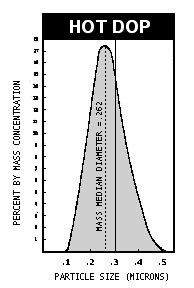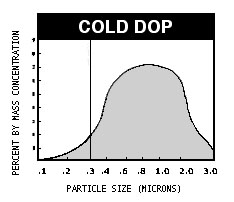SAK9
Mechanical
- Apr 12, 2002
- 602
Guys,
I am designing a lab facility with HEPA filters mounted as ceiling exhaust terminals.If I need to do a DOP test at 100 % airflow on the exhaust HEPA filter,what is the best arrangement to do it? Do I need to place some sort of a chamber below the filter to inject the DOP keeping the other end open for air to flow in?I would appreciate some input from some one who has done it before.
Thanks for your help
I am designing a lab facility with HEPA filters mounted as ceiling exhaust terminals.If I need to do a DOP test at 100 % airflow on the exhaust HEPA filter,what is the best arrangement to do it? Do I need to place some sort of a chamber below the filter to inject the DOP keeping the other end open for air to flow in?I would appreciate some input from some one who has done it before.
Thanks for your help


